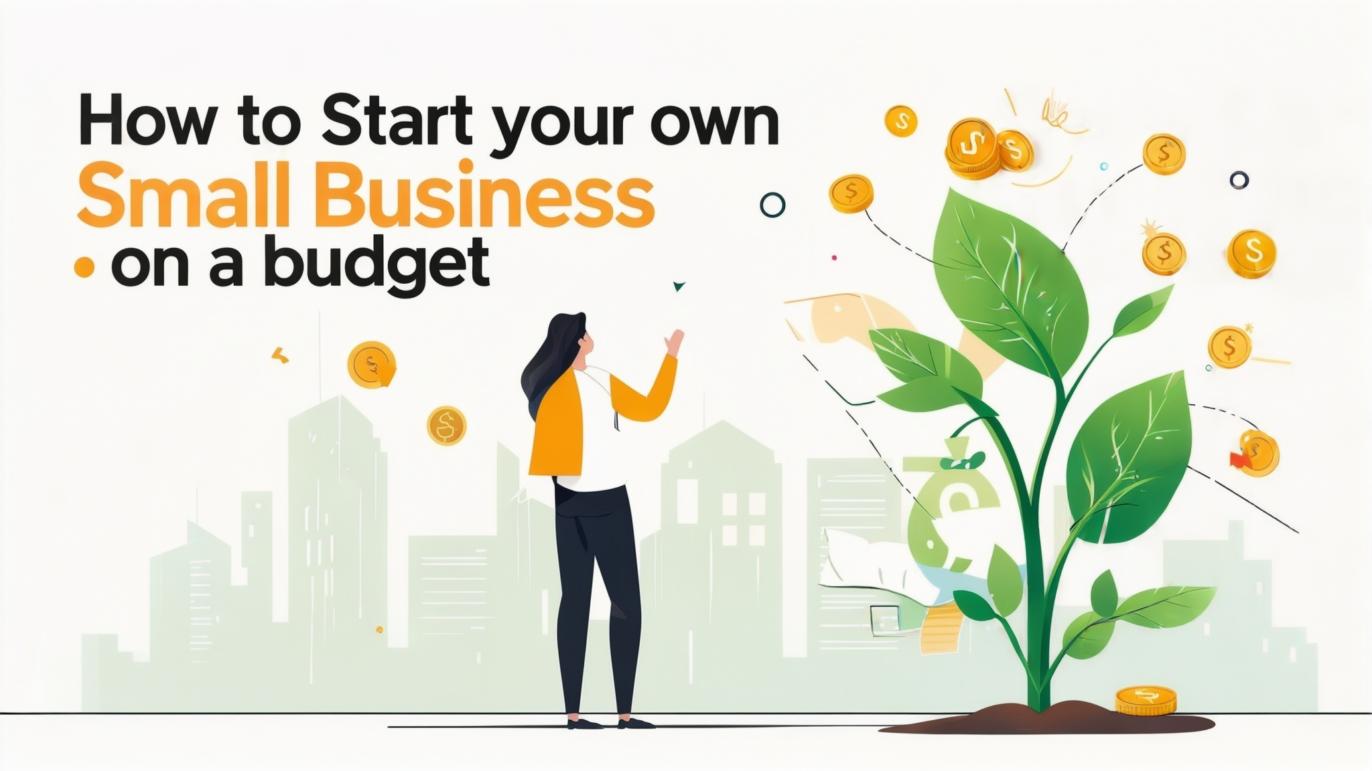You may think you don’t have what it takes, you’re not a believer, you’re an entrepreneur, and you may find that 9 out of 10 startups fail. But what I’ve learned over the years, after building my own multi-million dollar business and interviewing dozens of successful entrepreneurs, is that starting a business is a process. And if you follow these steps, things can become much more manageable.
Designing a Business from Scratch

We’re going to design a business from scratch, and I’m going to go through the CASTLE method on this template here. I’m telling you the 2 steps so you can start by following these steps.
Step 1: Conceptualize

So let’s start with step one of the CASTLE methods, and that’s Conceptualize. To explain this, I want to tell you a little bit about Cedric.
Cedric is an 18-year-old who just graduated from school, and he realizes that he wants freedom, fun, flexibility, and the money that he can borrow to start his own business. His family didn’t have much money growing up, and he’s seen the power of financial freedom, so he wants to start his first business.
One step is ideation. Ideation is coming up with at least 10 ideas and then figuring out which one is going to be the best, or which two or three ideas are going to be the best. So that’s an actual process called ideation.
Most people jump from idea to idea, instead of coming up with nine ideas and saying,
So, step 1 is ideation. What Cedric needs to do — and what you need to do if you’re starting a business — is just generate a lot of ideas about what potential business you could start if you wanted to.
If you look inside our template, we’ve got some more instructions here that you can follow:
-
Brainstorming
-
Researching the market
-
Identifying the problem you’re solving
-
Developing a unique value proposition
-
Ultimately refining your idea
Because Cedric is intelligent, he understands the power of artificial intelligence to help him bring his business ideas to life and also improve his value proposition.
Now, at this point, you want to look through your list of business ideas and try to combine two different things:
-
What t you think there might be a genuine market for
-
What you might be interested in or have expertise in
This is an idea from Jim Collins’ book Good to Great, and it’s called the hedgehog concept. This is the intersection of a Venn diagram:
-
What the market wants
-
What you could potentially be the best in the world at
-
What you enjoy
If you can find something at the intersection of this Venn diagram, only then can you have a business that can thrive.
But within this hedgehog concept—especially if you’re starting your first business—the most important thing by far is to focus on the problem you’re solving for your customers. Focus on service rather than selfishness.
Step 2: Assemble Your Minimum Viable Product (MVP)

The second step in the CASTLE method is to assemble your minimum viable product (MVP). Again, this is where a lot of people get it wrong.
People think that starting a business requires a lot of hard work to develop a product, then after 6 months, a year, or two years of hard work, you bring it to market and hope that people will come.
But CASTLE’s method—and the method that every smart startup follows these days—starts with creating a minimum viable product where the goal is lead generation.
You want a very simple MVP—just lead generation first. You’re just trying to do: Can I generate leads? Because everything is downstream from lead generation.
It’s a golden rule of business: everything is downstream of lead generation. If you can’t generate leads for a business, there’s no way you’ll ever generate sales.
A lead is any indicator of interest. Your MVP is about generating those leads. And the way you get those indicators of interest from the market is by giving away something valuable for free and seeing if people are interested in it. I’m running this thing for free instead of charging because if it’s free and you can’t get people to sign up, there’s no way you’re going to charge them for it.
So, what are the MVPs you can create for free? There are two I’d recommend:
-
A scorecard
-
A free webinar
For example, The Wand Studio could create a free webinar on wand-making techniques or the history of wand making.
If you’re starting a financial services business, you wouldn’t just say, “Buy my financial services!” You could offer a free webinar on current trends in finance. Since it’s free, people are more likely to sign up—you’ve got your leads and you’ve validated your idea.
It doesn’t take long to put together a webinar, and in the template, we have the tools to schedule it for free.
But recently, I’ve started using scorecards as MVPs. Scorecards are a great online quiz. They’re great because:
-
People love filling out quizzes
-
You can ask questions to validate your business idea
You could use Google Forms or Typeform, but there’s an app called ScoreApp.
Let’s create a scorecard:
-
Primary goal: Generate new leads
-
Idea: “Which Wand Is Right For You?”
-
Business description: Custom wands
-
Target audience: Harry Potter fans, magic enthusiasts
-
Outcomes: Dragon Heartstring, Phoenix Feather, Unicorn Hair
-
Questions:
-
“Do you have a strong desire for power?”
-
“Do you believe in loyalty above all?”
-
etc.
-




